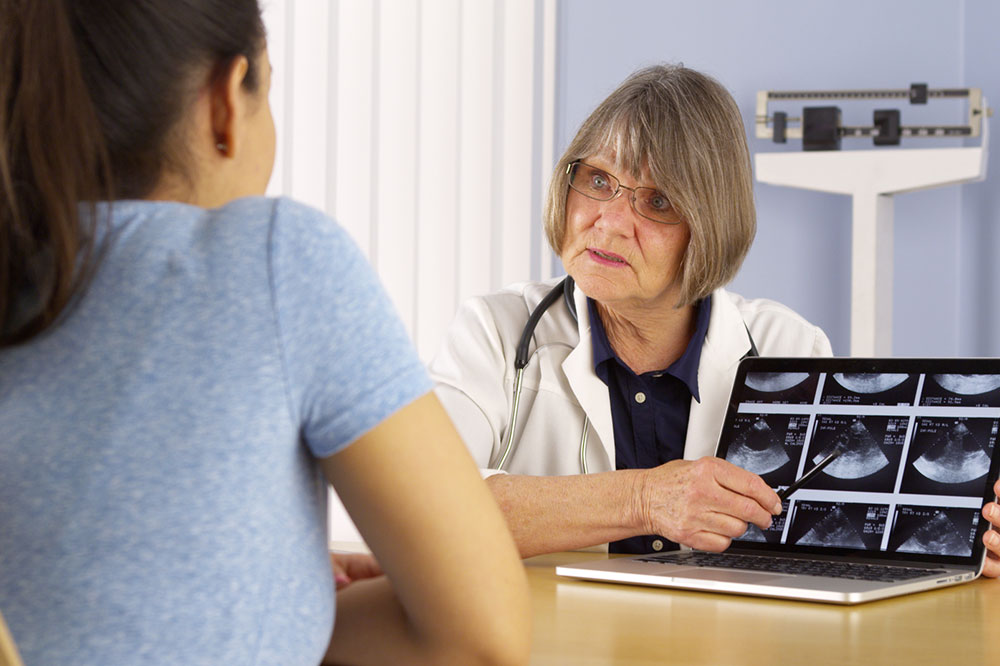
Lifestyle Changes to Prevent Cervical Cancer
The most common phrase used to describe cervical cancer was “silent yet deadly.” It is type of cancer, the malignant cells grow slowly, and rarely any symptoms are observed in the initial stages. Following a report from an reputed cancer institute, approximately 11,000 women in the country develop cervical cancer each year. If detected lare, the treatment can prove to be futile in some cases. So, how can one prevent it? Herein, we are listing out five important lifestyle changes to prevent cervical cancer.
Get a Papanicolaou Test Done Regularly
With a Pap tests it gets easier for the doctors to know about any abnormalities happening in the cells of the cervix. So, whenever a doctor would notice any change, they would immediately take action to prevent the development or spread of cervical cancer. After the age of 21, every woman should get a Pap test done at least one time every 3 years. However, after reaching 30, one can relax the period of 3 years to 5 years, provided they do not have HIV or fear to have HIV.
Follow Up for Any Abnormalities
In case any abnormality is present, the doctor will immediately take action to treat it. Thereafter, they’ll conduct a Papanicolaou test at a later date to examine the situation further. If there’s a sign of any infection, then the doctor will conduct additional tests to find the cause of these issues. At times, the abnormalities in Pap test could be due to the presence of Human papillomavirus (HPV) on the cervix.
Get All Vaccinations in Time
Most cases of cervical cancer are due to the presence of HPV. So, getting vaccinated to protect one from HPV. There are two vaccines available for eliminating HPV: Gardasil and Cervarix. One can discuss the schedule for dosing with their doctor.
Practice Safe Sex
An important lifestyle change to prevent cervical cancer is to always practice safe sex. Studies prove those women who tend to have multiple sexual partners are at a higher risk of developing HPV, which in turn increases the risk of cancer. Furthermore, prior to engaging in sexual inctercourse, one should always stress the use of a condom. Unprotected sex does put both partners at a high risk of contracting a sexually transmitted infection (STI), which heightens the risk of HPV and cervical cancer. It is important to know that though condoms help in lowering the chances of developing STIs, HPV might affect the region, which isn’t protected by the condom. So, the condom is not a 100% certain method of protection against HPV. Thus, it is important to wear a condom and get vaccinated.
No Nore Smoking
Cigarette smoking also puts one at risk of cervical cancer. Tobacco damages cervix cell DNA and might lead to cervical cancer. This is the biggest lifestyle change one can make for preventing cervical cancer.



